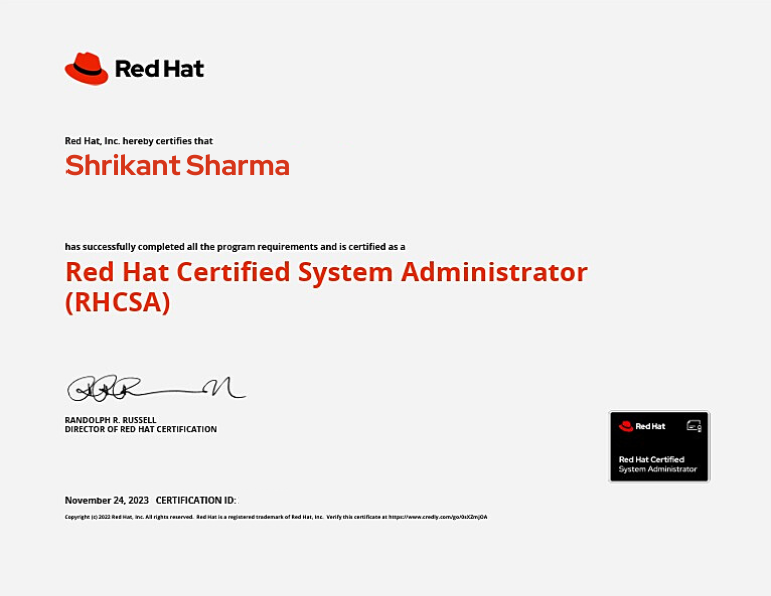Redhat Technologies
Linux Bash Scripting Training
A bash script is defined as “a set of commands written in a plain text file.” While a bash script is more capable than an MS-DOS batch file, it nonetheless performs similar tasks.
Bash script defined as: “Bash Script is series of command written in plain text file. Bash script is just like batch file is MS-DOS but have more power than the MS-DOS batch file.”
Normally shells are interactive. It means shell accept command from you (via keyboard) and execute them. But if you use command one by one (sequence of ‘n’ number of commands), then you can store this sequence of command to text file and tell the shell to execute this text file instead of entering the commands. This is known as shell script.
Input file preparation, job monitoring, and output processing can all be done with bash scripts.
The shell is not part of the system kernel but uses the system kernel to execute programs, create files, etc.
